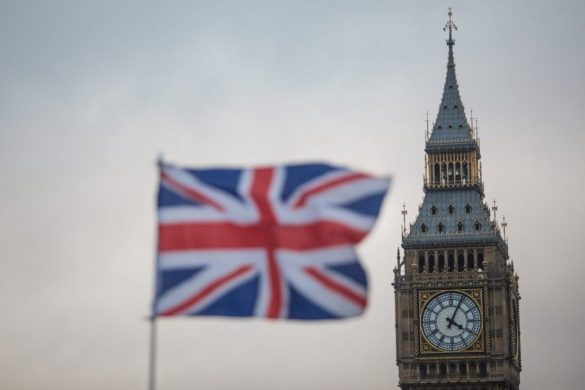Markets and bonds were relatively flat on Wednesday morning as analysts predicted Rachel Reeves’ Spring Statement would mark a “testing day”.
The FTSE 100 had minor gains following market open, with Marks and Spencer leading the index’s biggest risers.
The mid-cap FTSE 250 had a slight uptick, led by a surge in retailer Ocado after its stock was upgraded by US banking giant JP Morgan.
Meanwhile, the yield on ten-year gilts, which measures the cost of government borrowing, dipped to 4.72 per cent.
The pound weakened in early trading against the US dollar as, according to AJ Bell investment analyst Dan Coatsworth: “Investors [are bracing] themselves for the UK government’s Spring Statement.”
Coatsworth added the Chancellor’s speech could hinder markers if “Rachel Reeves delivers more bad news and is seen to be fighting a losing battle.”
“However, the flipside of a weaker pound is that it benefits the army of dollar earners on the FTSE 100, hence why the UK index traded higher. Energy producers and miners were among the top risers,” he noted.
“Lower than expected inflation figures today and strong services PMI data earlier in the week will have been welcomed with open arms by Reeves.
“Sadly, these two data points are not enough to convince markets that everything is rosy with the UK.”
He said: “The OBR is widely expected to downgrade its economic forecast for the country
“What really matters to investors is the extent of that downgrade and the omens look bad.”
Following the Autumn Budget, 10-year yields closed at 4.31 per cent, which marked the highest level since the 2024 general election.
The spreads against 10-year German bonds, a sign of the UK’s perceived risk relative to its peers, also hit its widest level since August 2023 after the budget.
Borrowing costs are expected to take centre stage in the Spring Statement, with speculation the Chancellor’s fiscal headroom has been wiped out.
The Chancellor will be desperate to avoid a repeat of Liz Truss’ 2022 mini budget, which saw gilt yields soar as the government planned to finance large tax cuts through increased borrowing.



